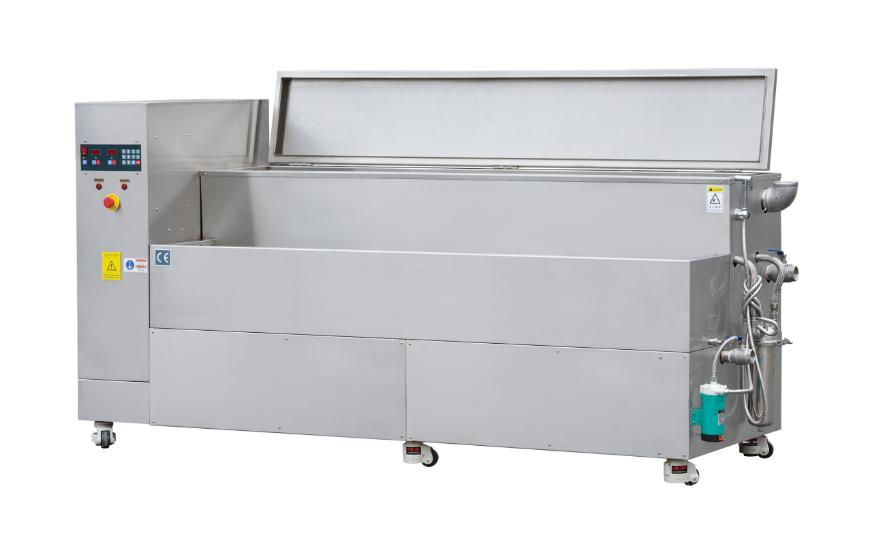Before purchasing a cleaning system, the following application analysis should be done: to clarify the material composition, structure and quantity of the washed part, to analyze and clarify the dirt to be removed, these are the prerequisites for deciding what kind of cleaning method to use, and to judge the application of water-based cleaning solution or solvent. The final cleaning process needs to be verified by cleaning experiments. Only in this way can a suitable cleaning system, a reasonably designed cleaning process and cleaning fluid be provided. Considering the influence of the physical properties of the cleaning solution on ultrasonic cleaning, the vapor pressure, surface tension, viscosity and density should be the most significant influencing factors. Temperature can affect these factors, so it also affects the efficiency of cavitation. Any cleaning system must use a cleaning solution.
When choosing a cleaning solution, the following three factors should be considered:
1) Cleaning efficiency: When choosing the most effective cleaning solvent, be sure to do the experiment. If ultrasound is introduced into an existing cleaning process, the solvent used generally does not need to be changed;
2) Simple operation: the liquid used should be safe and non-toxic, easy to operate and long service life;
3) Cost: The cost of using the cheapest cleaning solvent is not necessarily the lowest. In use, factors such as the cleaning efficiency, safety of the solvent, and the highest utilization rate of the workpiece can be cleaned by a certain amount of solvent must be taken into account. Of course, the cleaning solvent selected must achieve the cleaning effect and be compatible with the workpiece material being cleaned.
Water is the most common cleaning solution, so the use of water-based solution system is easy to operate, low cost, and widely used. However, some materials and dirt are not suitable for water-based solutions, so there are many solvents available. Different cleaning fluids, to distinguish the cleaning system Water-based system: usually composed of an open tank, the workpiece immersed in. The complex system consists of multiple tanks and is equipped with a circulating filtration system, a shower tank, a drying tank, and other accessories.
Solvent system: mostly ultrasonic vapor phase grease cleaning machine, often equipped with waste liquid continuous recovery device. The process of ultrasonic vapor phase oil removal is completed by an integrated multi-tank system consisting of solvent evaporation tank and ultrasonic immersion tank. Oil, grease, wax, and other solvo-soluble dirt are removed by the combination of hot solvent steam and ultrasonic agitation. After a series of cleaning processes, the workpiece is heated, clean and dry.
Cleaning part handling: Another consideration for ultrasonic cleaning is the design of the cleaning part on, off, or the tooling where the cleaning part is placed. When the cleaning part is in the ultrasonic cleaning tank, neither the cleaning part nor the cleaning part basket shall touch the bottom of the tank. The total cross-sectional area of the cleaning part should not exceed 70% of the cross-sectional area of the ultrasonic groove. Rubber and non-rigid plastics absorb ultrasonic energy, so caution should be exercised when using such materials in tooling. Special attention should also be paid to insulated cleaning parts. Poorly designed hampers or workpieces that are too heavy can greatly reduce the efficiency of even the best ultrasonic cleaning systems. Hooks, shelves, and beakers can be used to support the cleaning pieces. The cleaning time is 3-10 minutes, and it is best to use a regular cleaning method.

